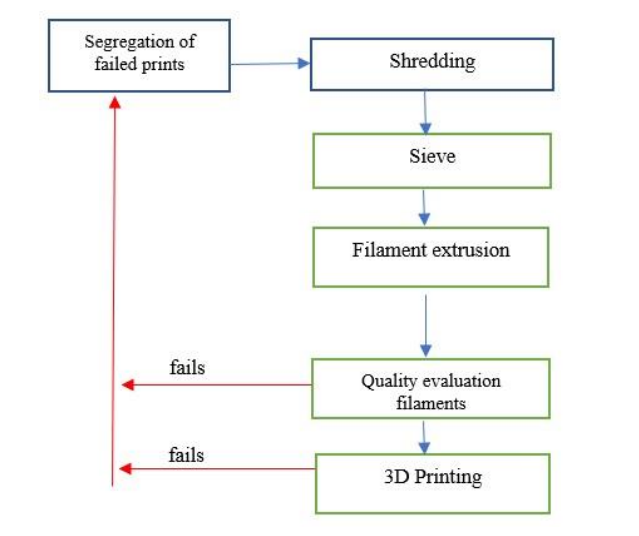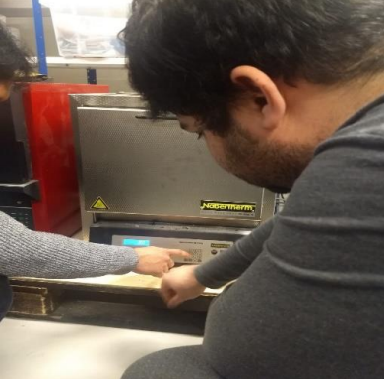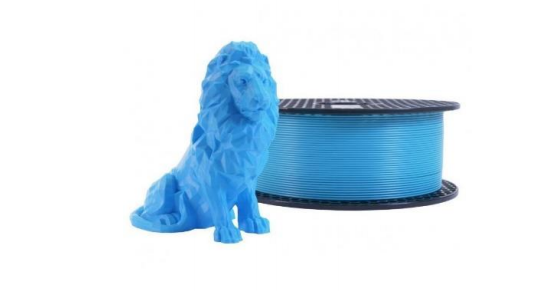Syed Muhammad Raza and Dilawar Singh explore the ongoing potential for recycling 3D printing materials, releasing their findings in the recently published ‘Experimental Investigation on Filament Extrusion using recycled materials.’
As 3D printing becomes increasingly popular around the globe, environmental concerns among users continue to grow despite that less usage of material is often one of the greatest benefits of such new technology. Plastic trash continues to be a growing issue, affecting people, the Earth, and wildlife too. Statistics and information abound on the horrors of polymers, leaving researchers highly motivated to find other materials that may offer higher performance and less waste.
In FDM 3D printing, users have an array of materials to choose from, many of which do have less impact on the environment. While ABS may not be biodegradable, there are different ways to recycle and reuse (even in space), along with the use of innovative solvents, and more. Because there may be many failed prints as users experiment, it is critical to find ways to keep the plastic from piling up in the trash.
PLA is not only biocompatible but biodegradable and is featured in this study due to ‘ease of use compared to other thermoplastics.’
“In the field of medical, PLA is already a widely used material,” stated the authors. “It is being used in application including suture, fixation of bone material, drug delivery and tissue engineering.”
With the goal to recycle PLA discards into useful products, the authors crushed failed or deformed 3D prints, shredded them, and then ‘sieved’ them to get rid of larger pieces. Shredded material was then turned back into filament.
During the study, the researchers realized that basics like parameter, speed, and temperature had a substantial impact on the material and thickness.
In this study, the researchers used a 3Devo Composer 450 filament extruder featuring four heating zones, with one temperature range found suitable for PLA.
“From the lower end of this narrowed range, the range was then increased gradually with an increment of 10oC to identify the ideal temperature for consistent thickness,” said the authors. “The extruder can be easily connected to the laptop/desktop via USB and displays the results on the filament thickness and the process settings using the Arduino software. The effect of temperature and extrusion speed are recorded along with the corresponding filament thickness.”
A series of experiments were performed to attain suitable thickness, with temperatures and speed varied for better results ultimately. Filaments were found to be non-uniform in terms of diameter and exceeded tolerance limits. Stable speed was required was stable extrusion:
“… and with recycled PLA, the flow of pieces and the melting were affecting the rate of extrusion.”
Overall, the team found that diameter was dependent on speed and temperature, and ‘standard deviation’ occurred when speed was constant.
“More experiments should be carried out in order to optimize the variable parameters like heater temperature and speed of the extruder,” concluded the authors.
“The experiment should result in a desirable low thickness filament of recycled PLA to be used for 3D printing facility. It is advisable to have to better way to cool the filament in order to prevent it from getting damaged and losing its shape. The raw material for extrusion must also be tested for moisture content and dehumidified.”
What do you think of this news? Let us know your thoughts; join the discussion of this and other 3D printing topics at 3DPrintBoard.com.
[Source / Images: ‘Experimental Investigation on Filament Extrusion using recycled materials’]Subscribe to Our Email Newsletter
Stay up-to-date on all the latest news from the 3D printing industry and receive information and offers from third party vendors.
You May Also Like
Further Understanding of 3D Printing Design at ADDITIV Design World
ADDITIV is back once again! This time, the virtual platform for additive manufacturing will be holding the first-ever edition of ADDITIV Design World on May 23rd from 9:00 AM –...
3D Printer Maker EVO-tech Reborn as NEVO3D — Once More With Feeling
EVO-tech was a 3D printing service and original equipment manufacturer established in 2013 and based in Schörfling am Attersee, Austria. The company produced high-quality material extrusion systems featuring linear bearings,...
3D Systems Brings 3D Printed PEEK Cranial Implant to the U.S. with FDA Clearance
For more than 10 years, 3D Systems (NYSE:DDD) has worked hand-in-hand with surgeons to plan over 150,000 patient-specific cases, and develop more than two million instruments and implants from its...
CDFAM Returns to Berlin for Second Annual Symposium
The second CDFAM Computational Design Symposium is scheduled for May 7-8, 2024, in Berlin, and will convene leading experts in computational design across all scales. Building upon the first event...




































